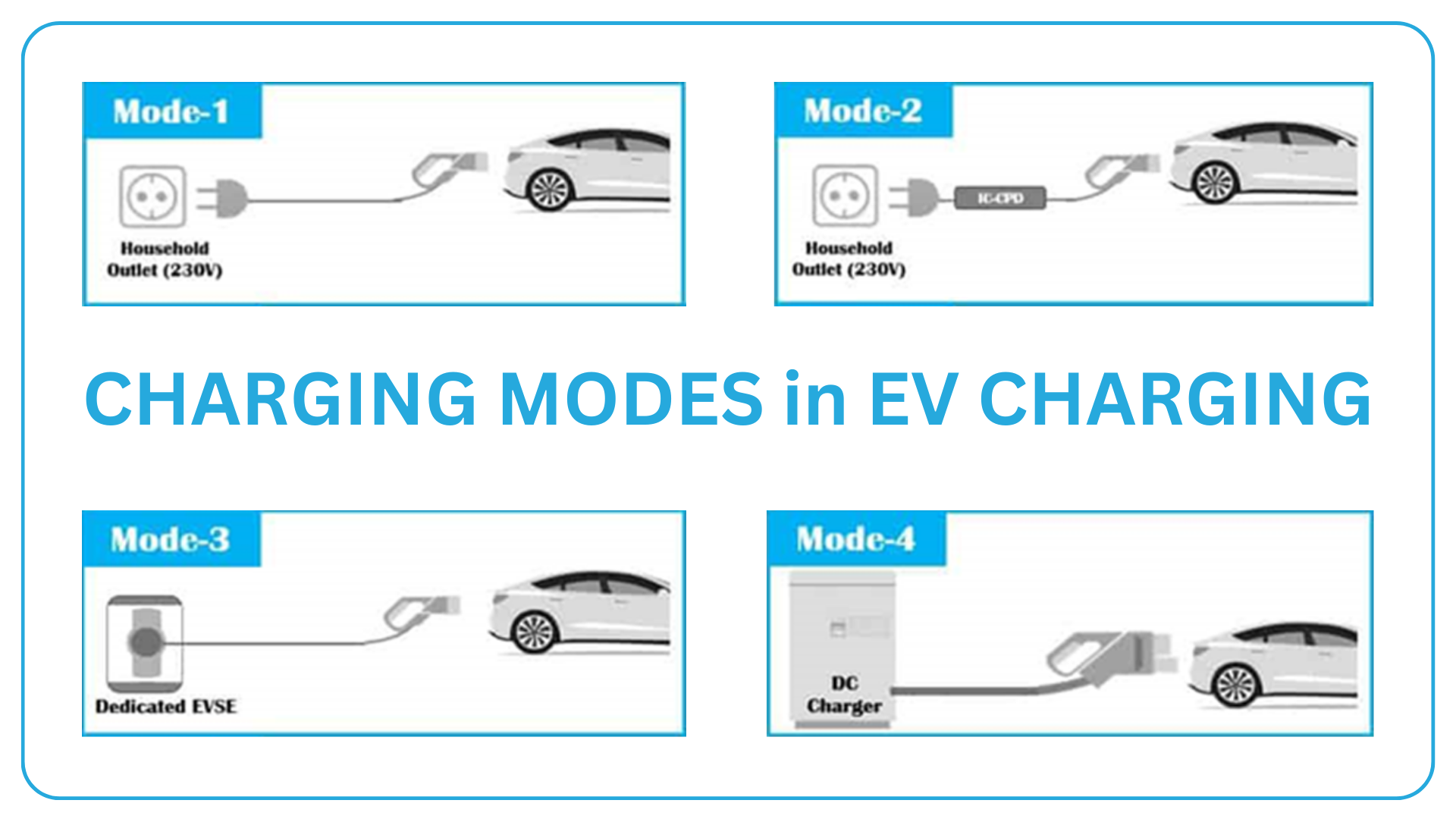In the electrifying world of electric vehicles (EVs), one question emerges with curiosity: “Can I turn on my EV while charging?” This seemingly straightforward inquiry unfolds into a tapestry of nuanced considerations. The answer, while not as simple as a yes or no, hinges on understanding how electric vehicles operate, the functionalities that contemporary EVs offer, and the safety protocols that safeguard both the vehicle and the individual.
First, let’s lay the groundwork. When discussing turning on an EV while charging, we must delineate what “on” entails. Most people refer to starting the vehicle to utilize its onboard systems and features—perhaps to stream entertainment, navigate via GPS, or even precondition the cabin for comfort. But how does this interact with the charging process? Let’s delve deeper into the intricacies involved.
Most modern electric vehicles are designed with complex energy management systems that handle charging and discharging seamlessly. These systems allow for various modes of operation, designed not just for efficient energy consumption but also for enhancing the user experience. Turning on the vehicle while it’s connected to a charging station often allows you to access infotainment features without significantly drawing power from the battery being replenished. This essentially means you can enjoy the features of your vehicle while it quietly replenishes its energy supply.
However, let’s dive deeper into the details. When your EV is plugged into a Level 2 charger, which is common for home use, most vehicles can operate their systems without interruption. This is due to the vehicle drawing power from the charger instead of draining the battery. Picture this: you can enjoy your ride’s climate control, music, or navigation system while your car lazily sips on the electricity from the outlet. It’s like having your cake and eating it too—comfort meets practicality.
One must also consider the various charging modes that are available. For instance, a Level 1 charger, which utilizes a standard household outlet, delivers power at a slower pace. In such a scenario, activating multiple features or systems might impact the rate at which the battery charges. Think of it as a bandwidth issue: if you’re pulling too much power for the dashboard operations, you might inadvertently stifle the charging process. In contrast, Level 2 or DC fast charging systems provide power at greater velocities, cushioning the impact of running systems while charging. Thus, the charging environment and the power source become critical players in this context.
It’s also paramount to attend to the safety regulations that govern electric vehicles. Most manufacturers design their cars with built-in safeguards to prevent malfunctions or issues that may arise when the vehicle is turned on during charging. Safety mechanisms typically deactivate certain functionalities, especially concerning high-demand components like the drive system. This means you can run your HVAC or entertainment unity, but driving away while the vehicle is charging? That’s a big no-no. This safety feature ensures that energy is efficiently managed and avoids any perilous situations.
Let’s not overlook the implications for battery health and longevity. Ancient wisdom suggests that minimizing how much we discharge and recharge our EV batteries can prolong their lifespan. Engaging multiple systems while charging may alter the thermal dynamics within the battery pack. Although most modern batteries are engineered to withstand varied conditions, excessive heat can lead to degradation over time. So, while it’s tempting to turn on every feature during a lengthy charge, practicing moderation may serve your battery well in the long run.
But what about the landscape of the future? As The EV industry burgeons, so does technology. Innovations such as bi-directional charging are on the horizon, where you could utilize your vehicle battery as a home energy source. This would pave the way for a symbiotic relationship between your vehicle and your household energy needs, allowing you to turn on your car and use it as a power hub even while charging without conventional restraints. Thus, these futuristic technologies beckon a new era of interaction between the EVs and their owners.
Greener pastures of electric mobility provoke introspection on its feasibility and our daily habits. Are we prepared to adjust our behaviors as we embrace this paradigm shift? The mere thought of engaging with a machine—once simply a vessel for commuting—evolving into a multi-functional companion, opens new avenues of consideration. The convenience of accessing your go-to features while charging not only enhances our daily routines but also reframes how we perceive the capabilities of our vehicles.
In conclusion, the answer to the question “Can I turn on my EV while charging?” is layered with intricate details and considerations. The answer generally leans towards yes, with a caveat of knowing your vehicle’s charging capabilities and understanding the implications of your actions. The dance of enterprises managing power simultaneously while ensuring the safety and health of your battery is a testament to the incredible evolution of modern engineering. It’s a fascinating subject, rich with potential and ever-evolving with the arrival of new technologies. As we traverse this new frontier, embracing the capabilities of our electric vehicles invites not just convenience into our lives, but a paradigm shift in how we engage with them, encouraging us to redefine norms and explore possibilities.
